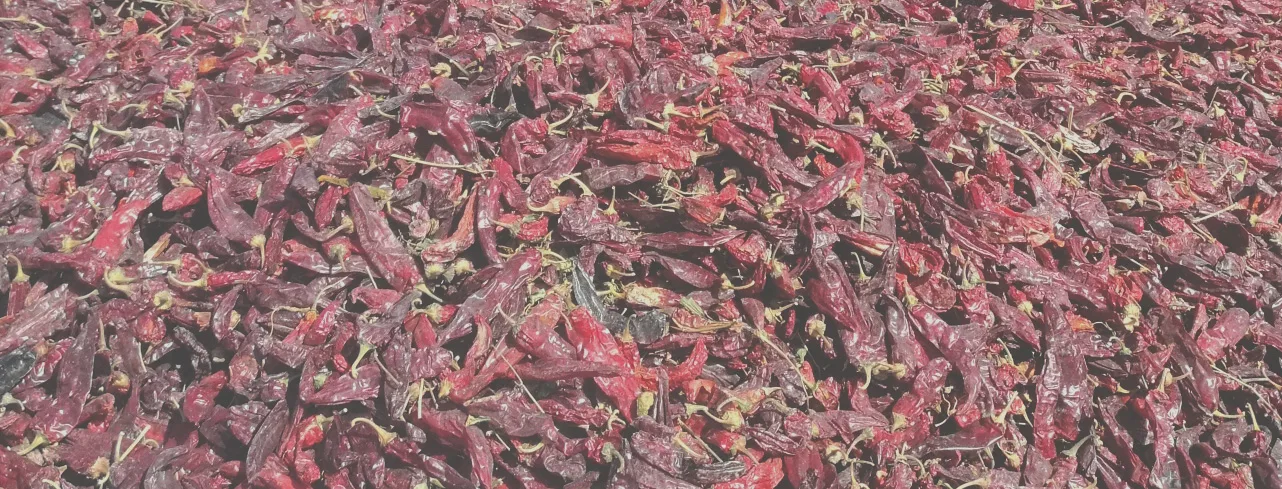Paprika
The fundamentals
Latin name: Capsicum annuum
Pigments: Capsanthin, Capsorubin
E-number: E160c
Produces shades:
6 facts about paprika
How paprika is grown
Paprika is a member of the nightshade (Solanaceae) family.
Plants can be seeded indoors or sown directly in well-drained soil, depending on the climate. The plants grow to about one meter high and typically take seven to nine months to reach maturity and bear fruit. Paprika produces several fruit sets so there are varying levels of pod maturity on the plant at harvest.
The pods harvested either by hand or mechanically and are then dried in the sun.
Harvest calendar and growing areas
Harvesting of paprika is from October to December in China, and from January to April in India.
What you should know about pigments from paprika
Oterra's stable, industry-leading formulations allow you to benefit from all of the advantages of paprika as a natural food color while minimizing any intrinsic challenges associated with this plant.
The pigments from paprika are oil soluble. Paprika a good plant-based alternative to carminic acid.
Natural Strengths
Good light stability
Unaffected by pH
Fair heat stability
Natural Challenges
Sensitive to oxidation
Off flavor may develop depending on dosage and application unless de-flavored
Requires ascorbic acid in applications with high water activity
Must be emulsified/encapsulated in water-based applications

